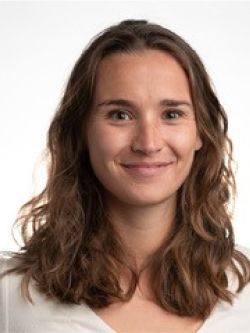Event Date/Time
Location
Series/Event Type
Embedding the ability to control deformation and load distribution within a structure has the potential to revolutionize industries ranging from healthcare, to construction, to aerospace. It can be done actively, by integrating actuators into a structure, or passively, by selectively controlling the mechanical properties of individual elements in the structure. To design such structures, it is crucial to understand and model their mechanical response to embedded features. In this seminar, I will describe two approaches to modelling discrete structures, one active and one passive. I will start with the modelling and optimization of macroscopic deformation of lattice structures. The force method allows us to explicitly define the relationship between a lattice’s connectivity and its internal and external loads. I will show examples of its implementation in 2D, 2.5D, and 3D structures, in which I optimize the replacement of trusses by actuators to achieve a target shape change. In contrast to lattices, more complex periodic discrete structures, such as knots in a knit textile, cannot be modelled without explicitly defining their shape and the effect of friction on the total energy of the system. In the second part of this seminar, I will describe how to use finite element modelling for homogeneous knits and an implementation of discrete elastic rods for heterogeneous knits to prescribe their deformation and stiffness response. I will examine the most important variables in a knit textile and show the potential of this method through a proof-of-concept wearable haptic device utilizing distributed stiffness.
Speaker Bio
